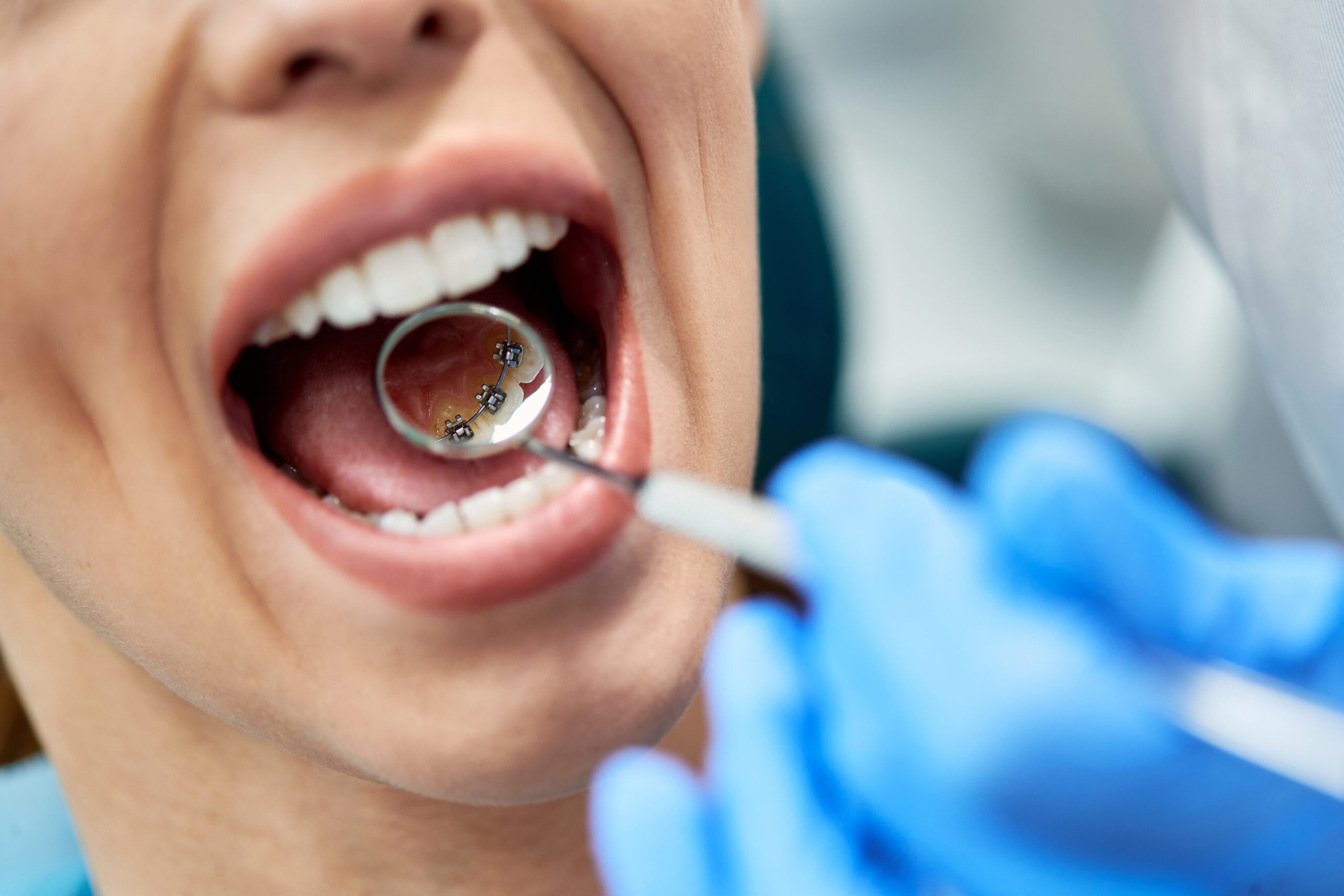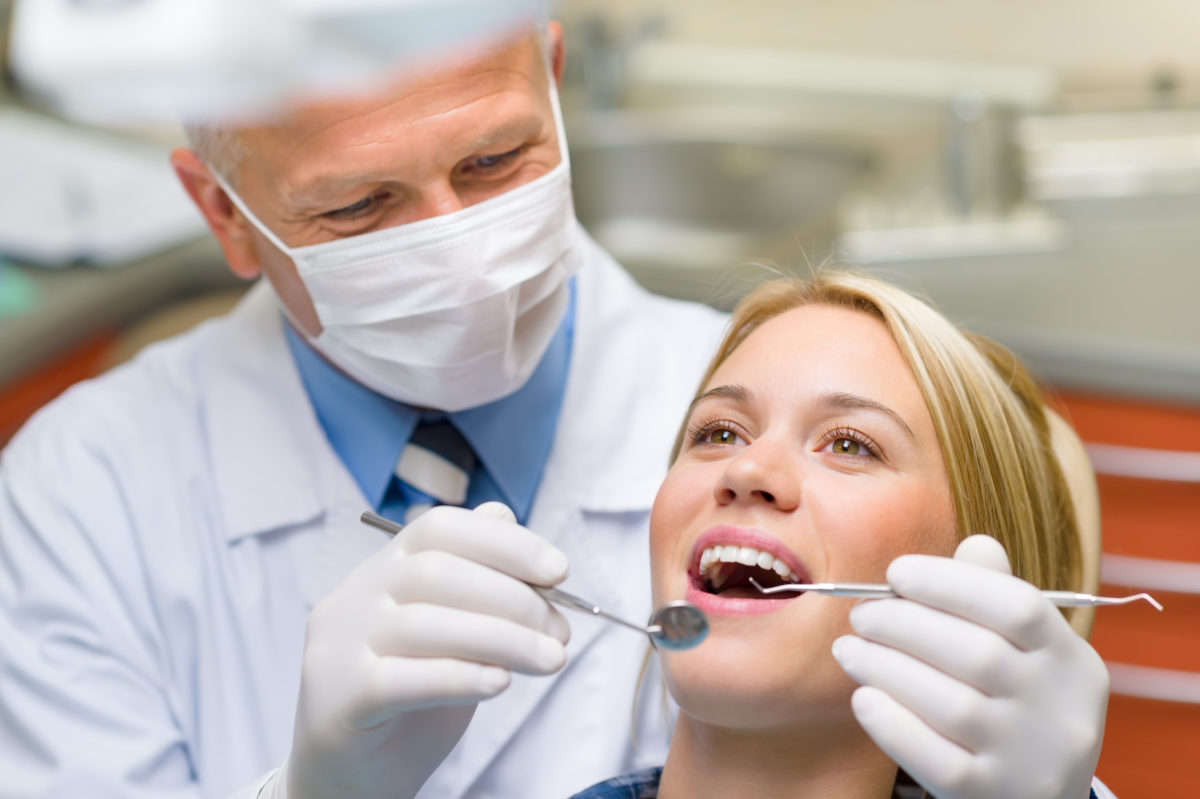Facts About Legacy Orthodontics Revealed
Facts About Legacy Orthodontics Revealed
Blog Article
Legacy Orthodontics Fundamentals Explained
Table of ContentsLegacy Orthodontics for BeginnersThe Of Legacy OrthodonticsGet This Report about Legacy OrthodonticsExcitement About Legacy OrthodonticsIndicators on Legacy Orthodontics You Need To Know
In addition, we provide adjustable therapy schedules, adaptable settlement choices and a fun, satisfying experience.An orthodontist is a dental professional trained to identify, prevent, and deal with teeth and jaw abnormalities. They deal with existing problems and are educated to determine problems that might create in the future. Orthodontists function with people of all ages, from youngsters to grownups. People usually link a best smile with healthiness.
Malocclusion, or misaligned teeth, can cause dental issues, including dental cavity, gum disease, and hard or uncomfortable eating. But not every person is birthed with straight teeth. If you have a bad bite or big spaces in between your teeth, you might want to seek advice from a dental practitioner specializing in orthodontic treatment.
Some Of Legacy Orthodontics
( Photo Credit Report: DigitalVision/Getty Images) Orthodontists utilize dealt with and removable oral tools, like braces, retainers, and bands, to transform the position of teeth in your mouth. Orthodontic therapy is for dental abnormalities, consisting of: Crooked teethBite issues, like an overbite or an underbiteCrowded teeth or teeth that are as well much apartJaw misalignmentThe objective of orthodontic therapy is to boost your bite.
A healthy and balanced bite guarantees you can consume, eat, and talk properly. While you could consider orthodontists as mainly for children or teens that need dental braces, they can deal with dental problems at any kind of age. Orthodontists attend college, oral college, and orthodontic school. After college graduation, they spend 2 or 3 years in an orthodontic residency program.
, but not all dentists are orthodontists. They concentrate on 2 areas: Just how to effectively and securely move teeth Just how to correctly guide advancement in the teeth, jaw, and faceOnce an orthodontist has actually completed training, they have the option to become board licensed.
The Facts About Legacy Orthodontics Uncovered
Malocclusion leads to tooth congestion, a twisted jaw, or irregular bite patterns. Malocclusion is typically treated with: Your orthodontist connects steel, ceramic, or plastic square bonds to your teeth.
If you have only small malocclusion, you may be able to make use of clear dental braces, called aligners, as opposed to conventional braces (https://leetcode.com/u/legacyortho/). Some individuals require a headgear to assist move teeth into line with stress from outside the mouth. After braces or aligners, you'll need to put on a retainer. A retainer is a custom-made tool that keeps your teeth in position.
They can develop additional room in the mouth without having to pull teeth. Orthodontists utilize cables, surgical screws, or plates to support your jaw bone.
You might need to see an orthodontist if you have: Crowding or not enough area for every one of your teethOverbite, when your upper teeth come over your bottom teethUnderbite, when your base teeth are too far forwardSpacing or issues with gapsCrossbite, which is when your top teeth fit behind your bottom teeth when your mouth is closedOpen bite or an upright void in between your front bottom and top teethMisplaced midline, when the facility of your base and upper teeth do not line up Correcting an oral malocclusion can: Make biting, eating, and talking easierImprove the symmetry of our face and your total appearanceEase pain from temporomandibular joint problemsDifferent your teeth and make them simpler to clean up, assisting avoid tooth degeneration or cavities It's frequently a dental practitioner that initially notices misaligned teeth throughout a regular examination.
Legacy Orthodontics Things To Know Before You Get This

During your initial orthodontic consultation, you'll likely have: A dental examPhotos taken of your face and smileDental X-raysPanoramic (360 level) X-rays of your face and headImpressions to produce mold and mildews of your teethThese tests will assist your orthodontist know just how to wage your treatment. clear braces. An orthodontist is a dental expert that's had training to treat your teeth and jaw
An orthodontist is focused on your bite, so something like a damaged tooth would be dealt with by a dental expert. Orthodontists are concentrated on your bite, or the way your teeth fit together, and the straightness of your teeth.
Ever before questioned how celebrities constantly seem to have perfectly straightened teeth? The solution commonly lies in the knowledgeable hands of an orthodontist. What precisely does an orthodontist this website do? Orthodontists are oral specialists who concentrate on remedying abnormalities in the teeth and jaws. Their experience exceeds just developing a stunning smile; it encompasses boosting your total oral health and wellness and feature.
What Does Legacy Orthodontics Mean?

While dental braces are one of the most typically identified orthodontic therapy, orthodontists have a varied toolkit at their disposal. The specific method picked relies on the intensity of the situation, the person's age, and individual choices. These tried-and-true dental braces make use of a system of braces adhered to the teeth and attached by cables.
Clear aligners, like Invisalign, are a preferred option for clients looking for a more very discreet therapy option. These removable trays are personalized to progressively move the teeth's placement. Headwear may be used combined with dental braces or aligners to apply additional targeted forces, specifically for dealing with jaw disparities. In instances of slim jaws, palatal expanders can be used to create space for proper tooth positioning.
Report this page